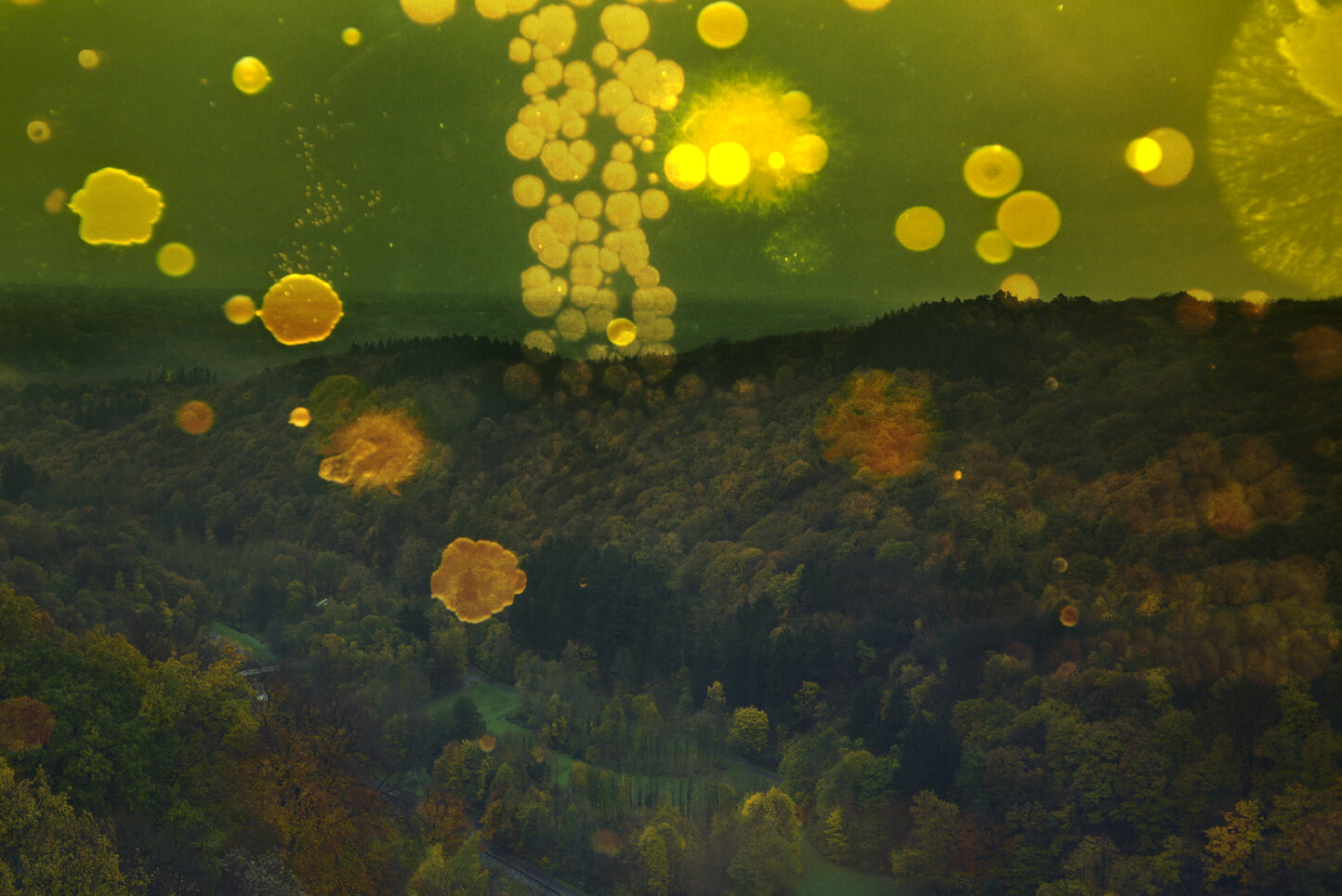
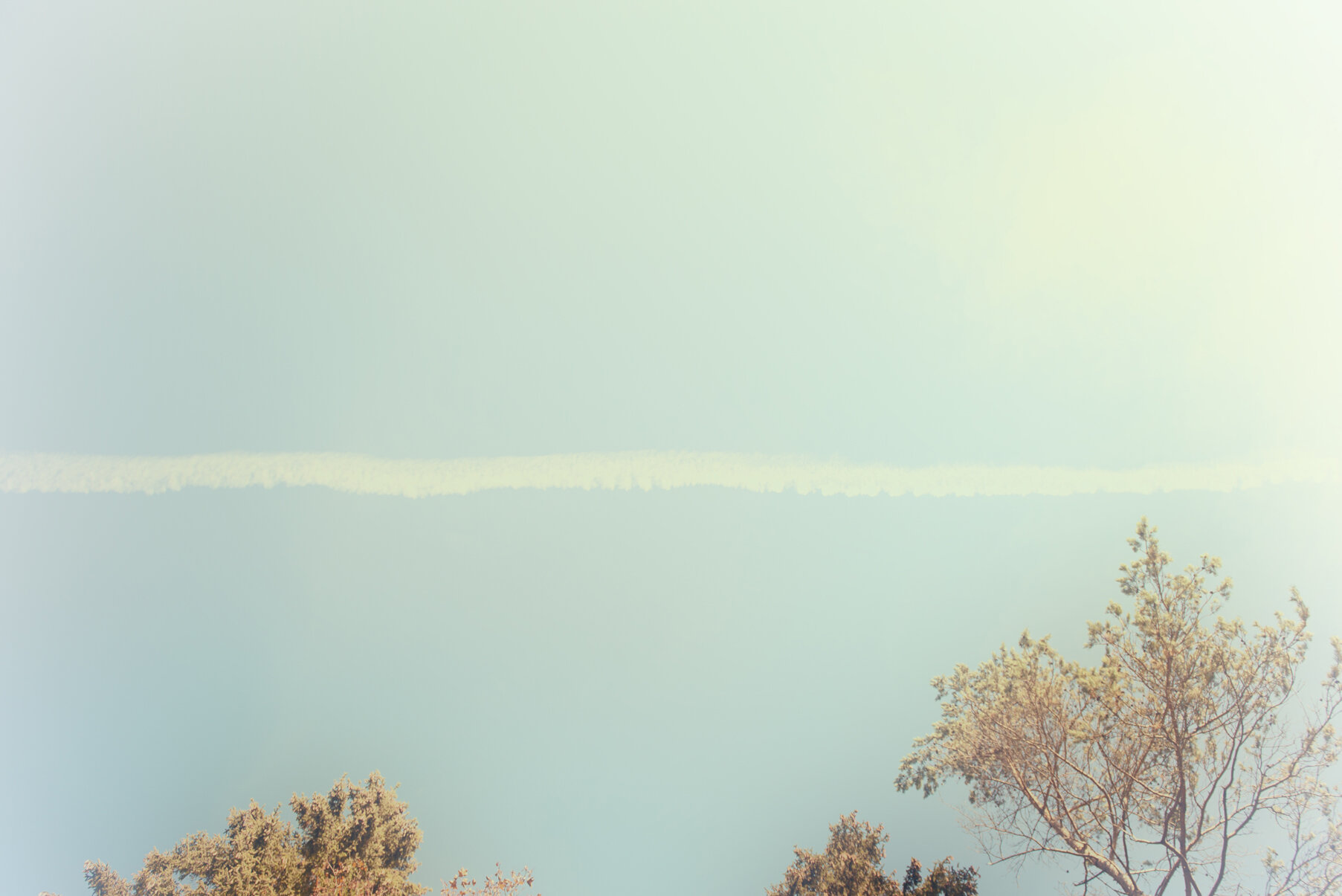
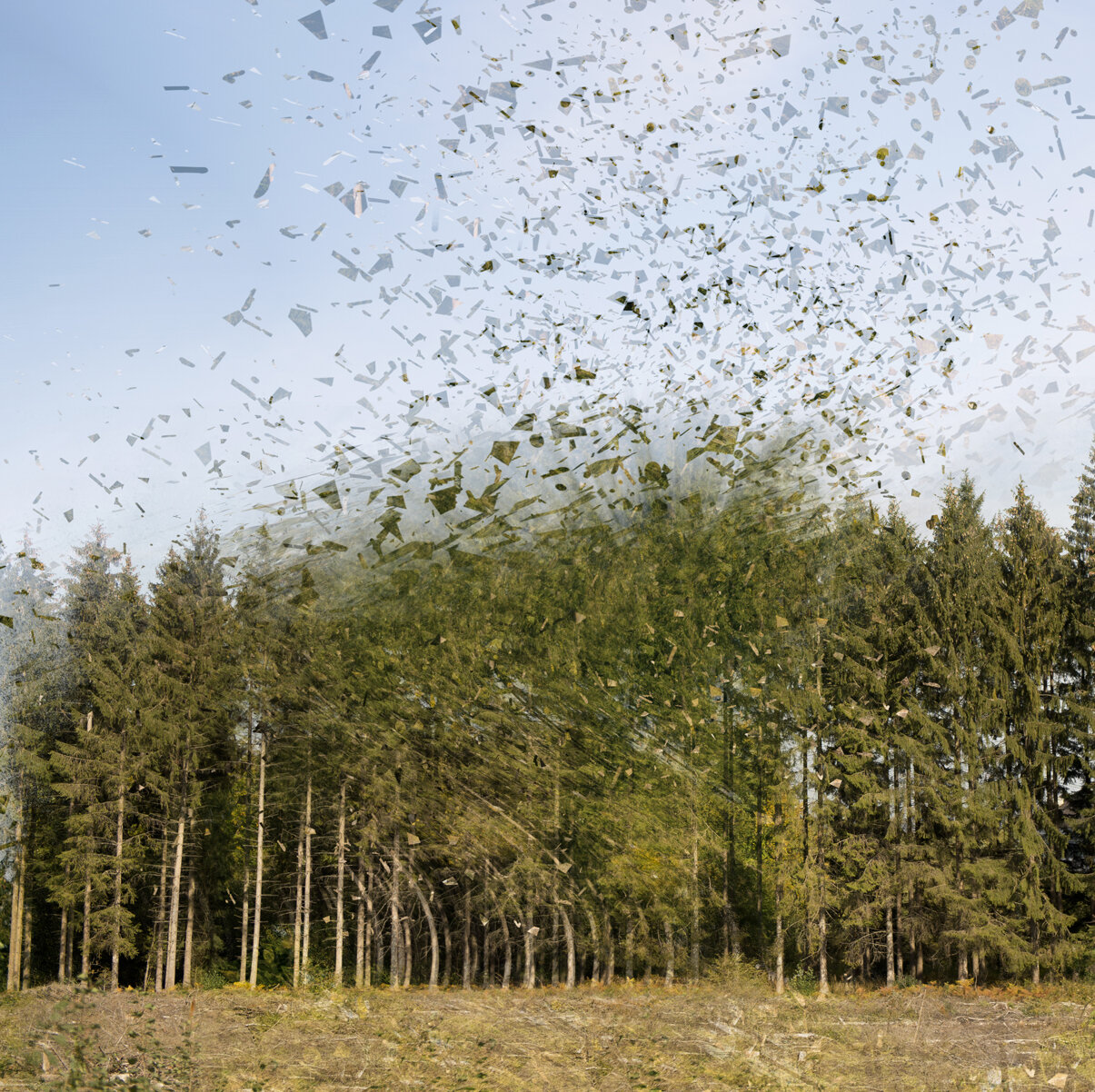
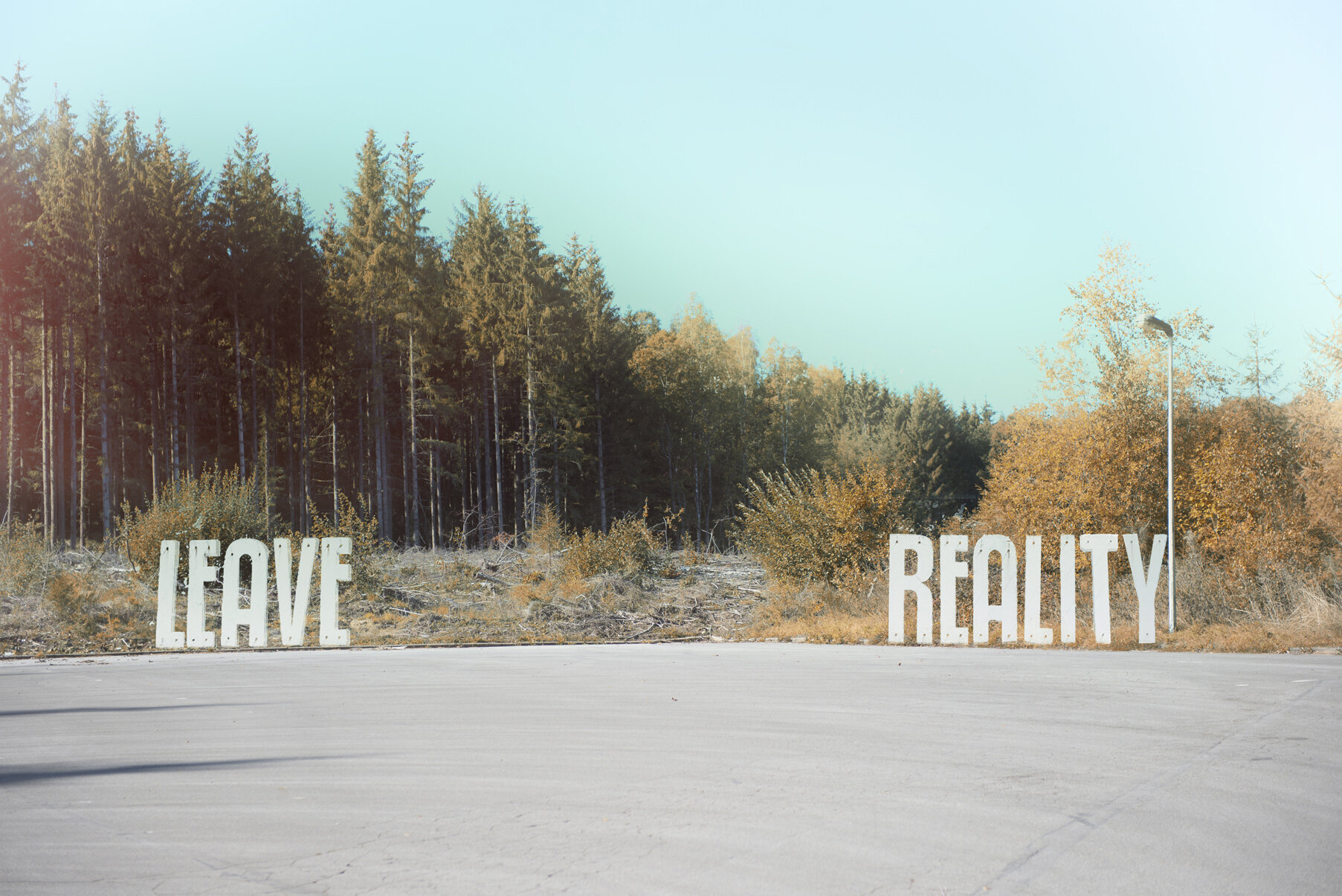

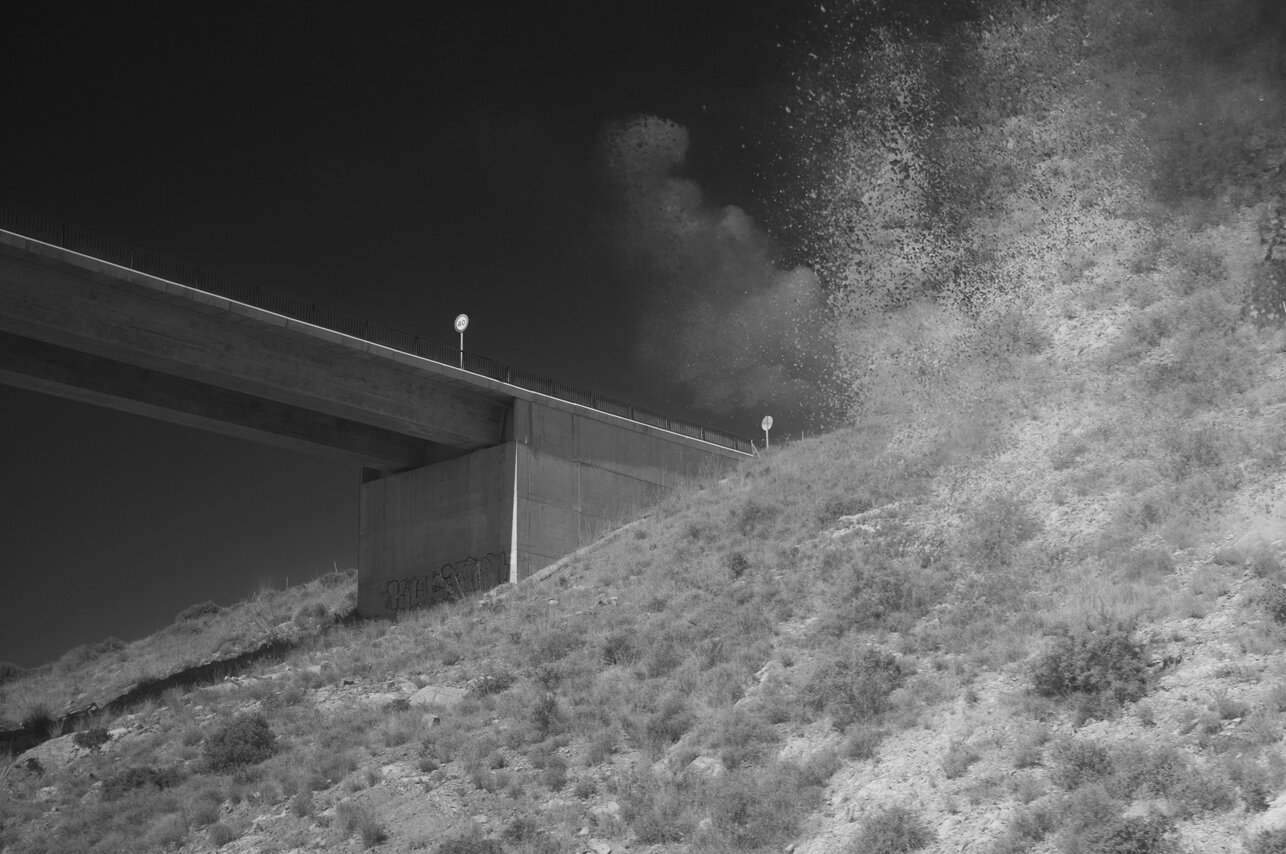



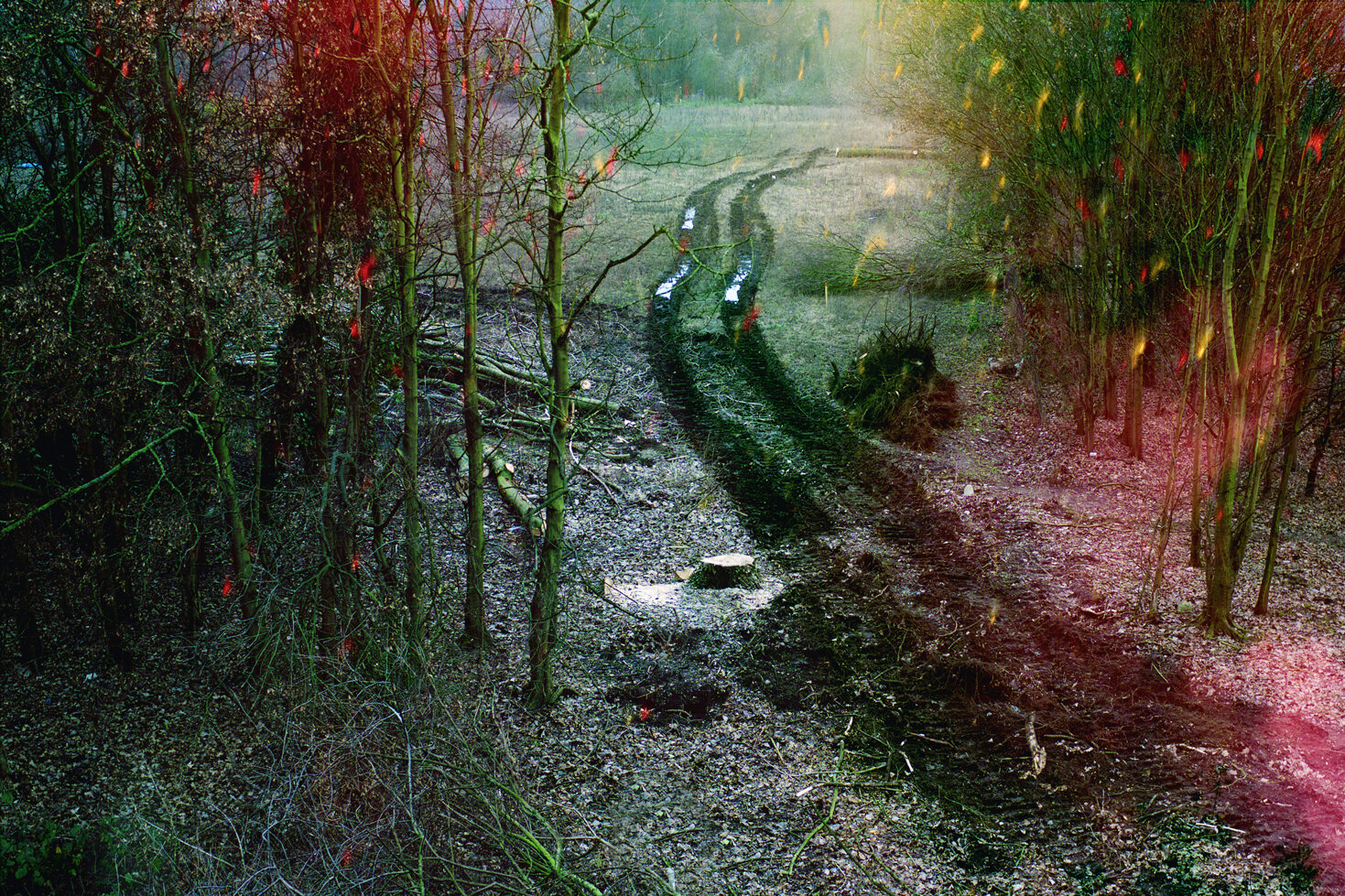
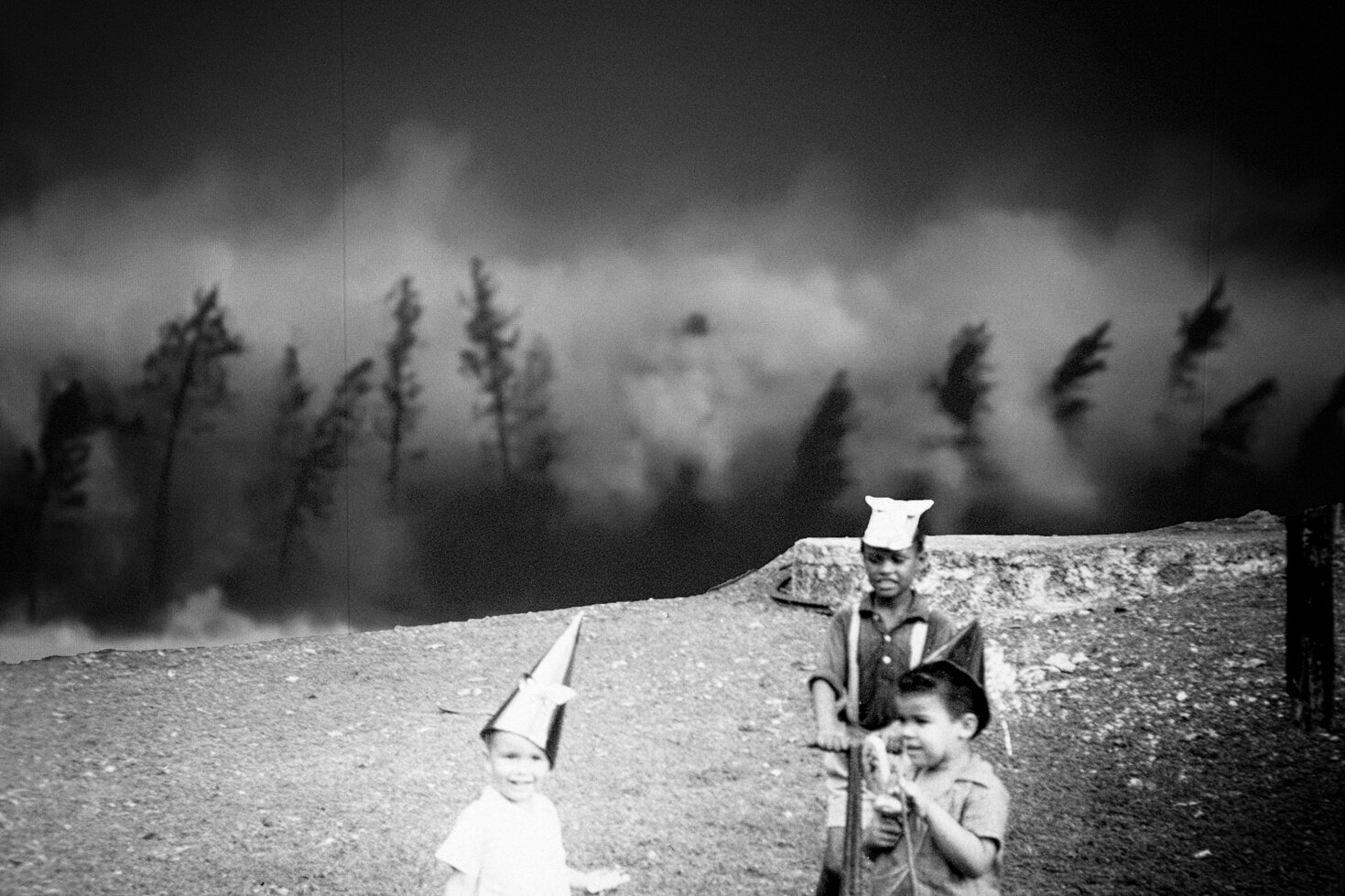
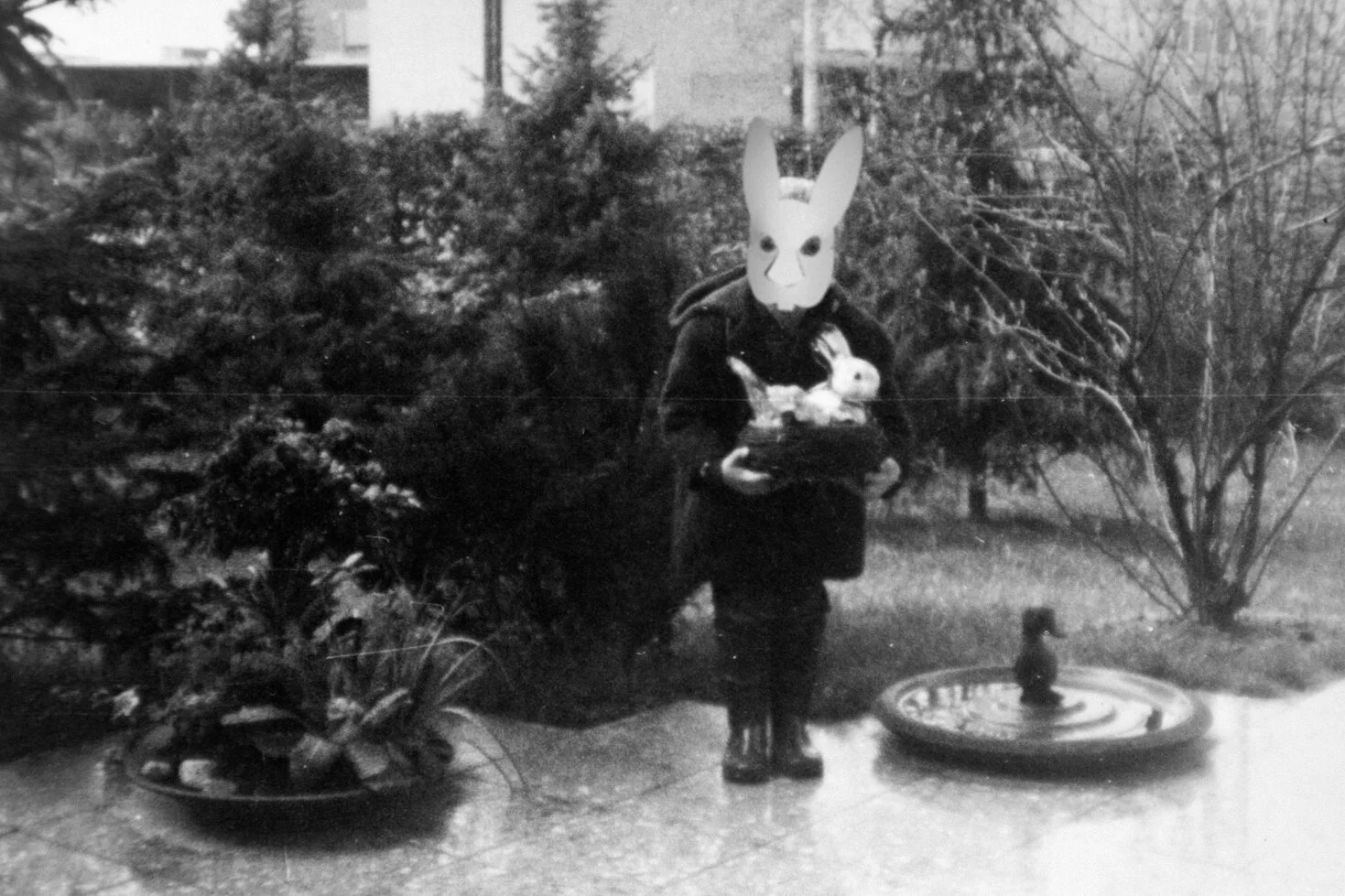

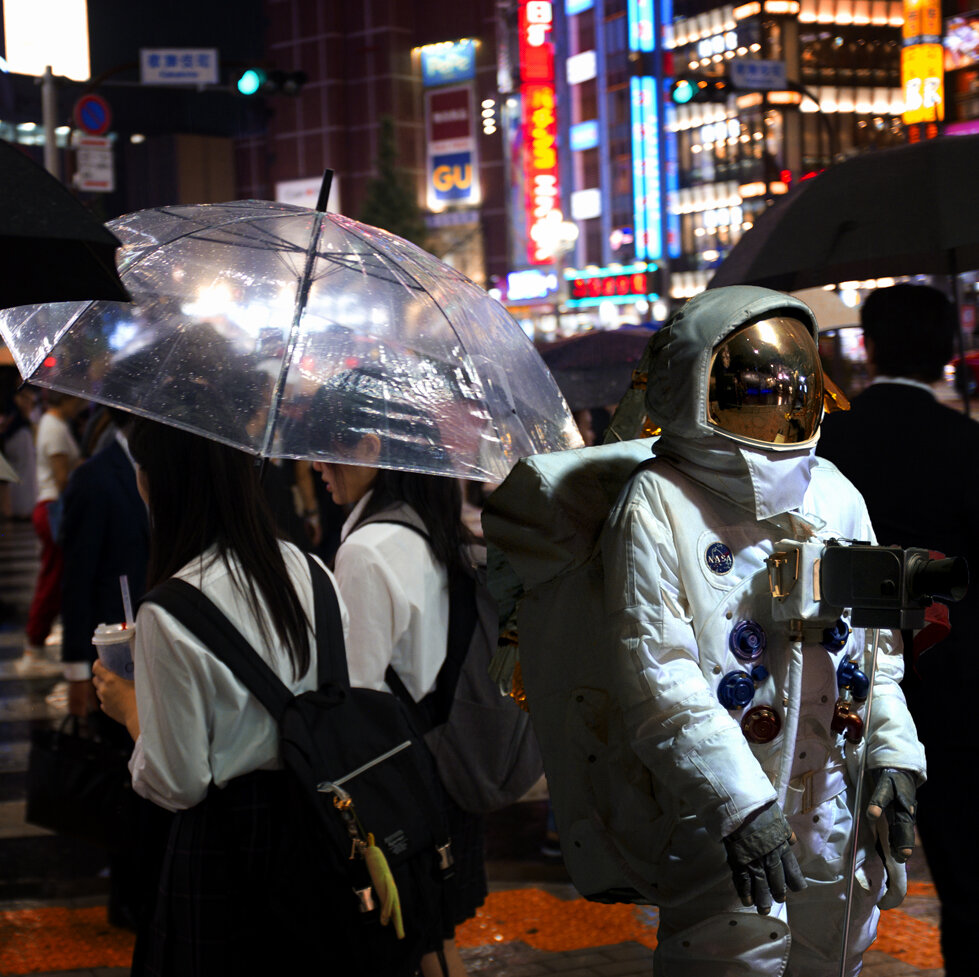
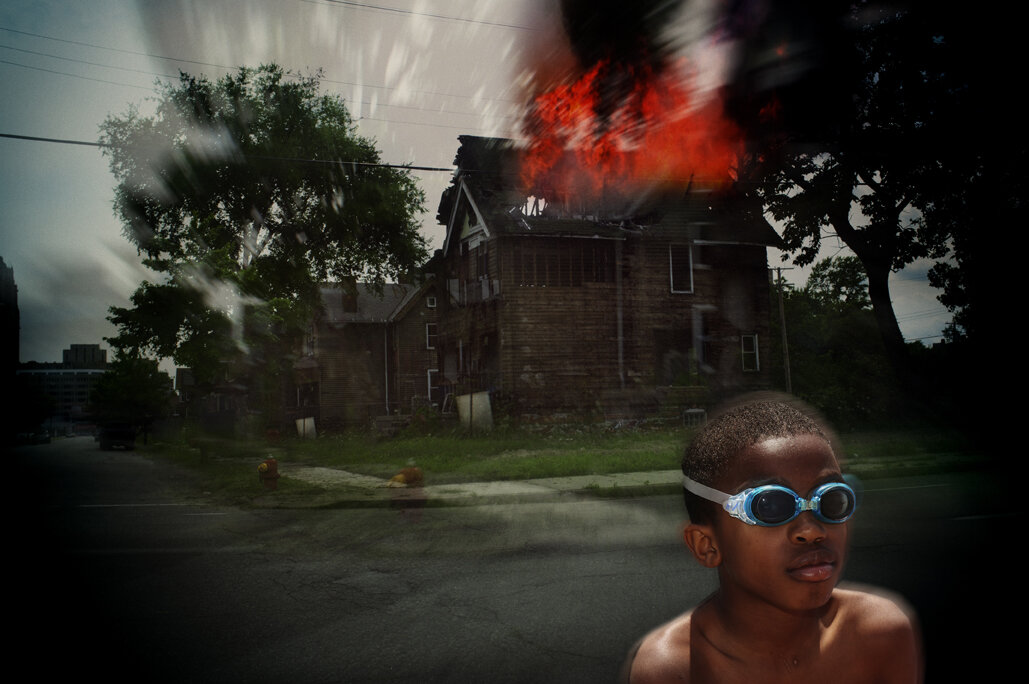
LUNAR DAYS - INTERVIEW WITH CHRISTIAN ARTS
Christian Arts graduated from Fotoacademie Amsterdam and his latest project ‘Lunar Days’ is inspired by space travelling that the artist always dreamt about. His work is, therefore, strongly autobiographic. It's a mixture of Arts' vivid dreams, childhood memories, and hallucinations. By bringing his past experiences into the present, he creates his own strange new world that is reminiscent of a journey to the roots of his psyche.
In an interview with GUP, Arts discloses his way of working as a photographer and the details behind ‘Lunar Days’.
Many of your images appear to be out of this world. How do you create them, are they digitally manipulated, or do you use analogue techniques?
It’s almost exclusively done in Photoshop. It’s like the digital equivalent of the old collage technique with scissors and glue.
In order to imitate the memory processes of our mind, you combine elements from different photographs to create new ones. Could you reveal some more details behind this technique?
We all have false memories, factual incorrect recollections, that we strongly believe to be true. I am very interested in how we construct those realities, how we mix, add, remove and replace elements to form something that we believe actually happened. I try to reproduce that process by constantly digging in my collection of photos I made over the years and combine parts of them to construct fictional images, new realities.
Do you consider your work to be completely fictional?
It’s fictional in the way literature is fictional. It can look and feel like reality and can contain non-fictional elements but in the end it’s a product of the mind of the maker. I think my strongest influence is filmmaker David Lynch, and especially his ‘Twin Peaks’. I love the way realism and surrealism mingle in his work. Another strong influence is Haruki Murakami, the Japanese writer, who’s world is inhabited by strange phenomena like the little people who emerge from the mouth of a dead goat. His stories are weird, but he was born just after Hiroshima and Nagasaki were bombed, and he considered the real world much more insane than his fantasies.
There are many references to Cold War in your series as you are presenting images featuring Soviet symbolism alongside the American flag. Are these the autobiographical features referring to your childhood?
I was born in 1966 a few years before the first moon landings. Mankind was about to explore the universe. On the other hand, there was Vietnam and the Cold War. Even at a young age it seemed a paradox to me that we were able to send people to the moon but could not achieve peace on earth. I think it confused me in the way Murakami was confused. So, the references to the Cold War and space travelling are indeed autobiographical.
They are also used as symbols. The astronaut that returns in many pictures is a symbol for isolation and alienation. ‘Lunar Days’ is a tale of someone living in his own world, losing contact with reality. The decline of communism is a metaphor for the protagonist’s world, his fragile psyche that is collapsing. Space travelling for me stands for hallucinations and different realities.
What would you say is the underlying message of your project?
I would say it’s an ode to imagination, the ability of people to create new, unique worlds. There is an infinite number of parallel universes, just waiting to be explored, in our minds. ‘Lunar Days’ is a space age road trip to the boundaries of the brain. As the Log Lady from ‘Twin Peaks’ said: “All that we see in this world is based on someone's ideas.”
You can meet Christian's work and other 99 great photography talents on FRESH EYES book.
